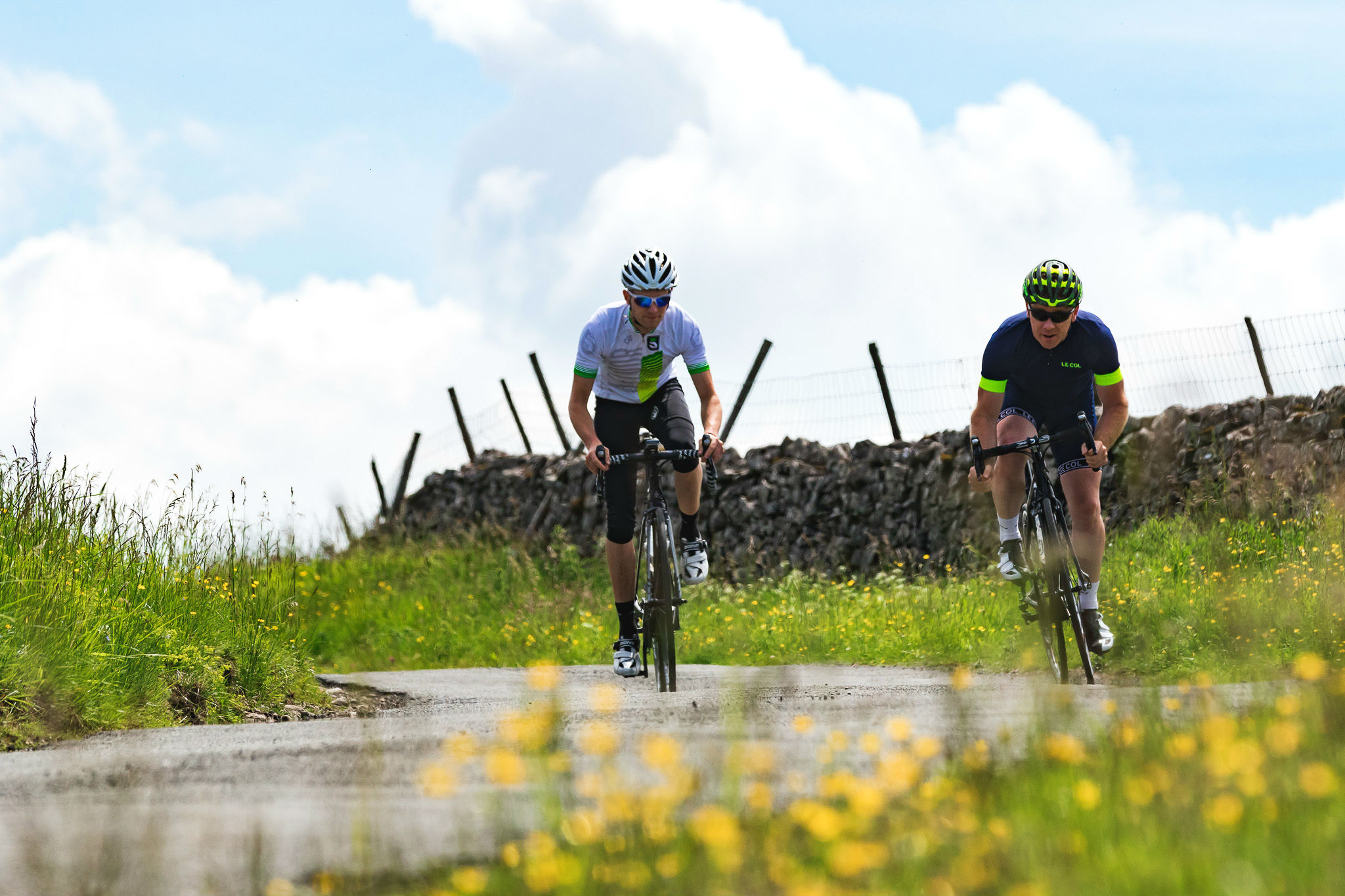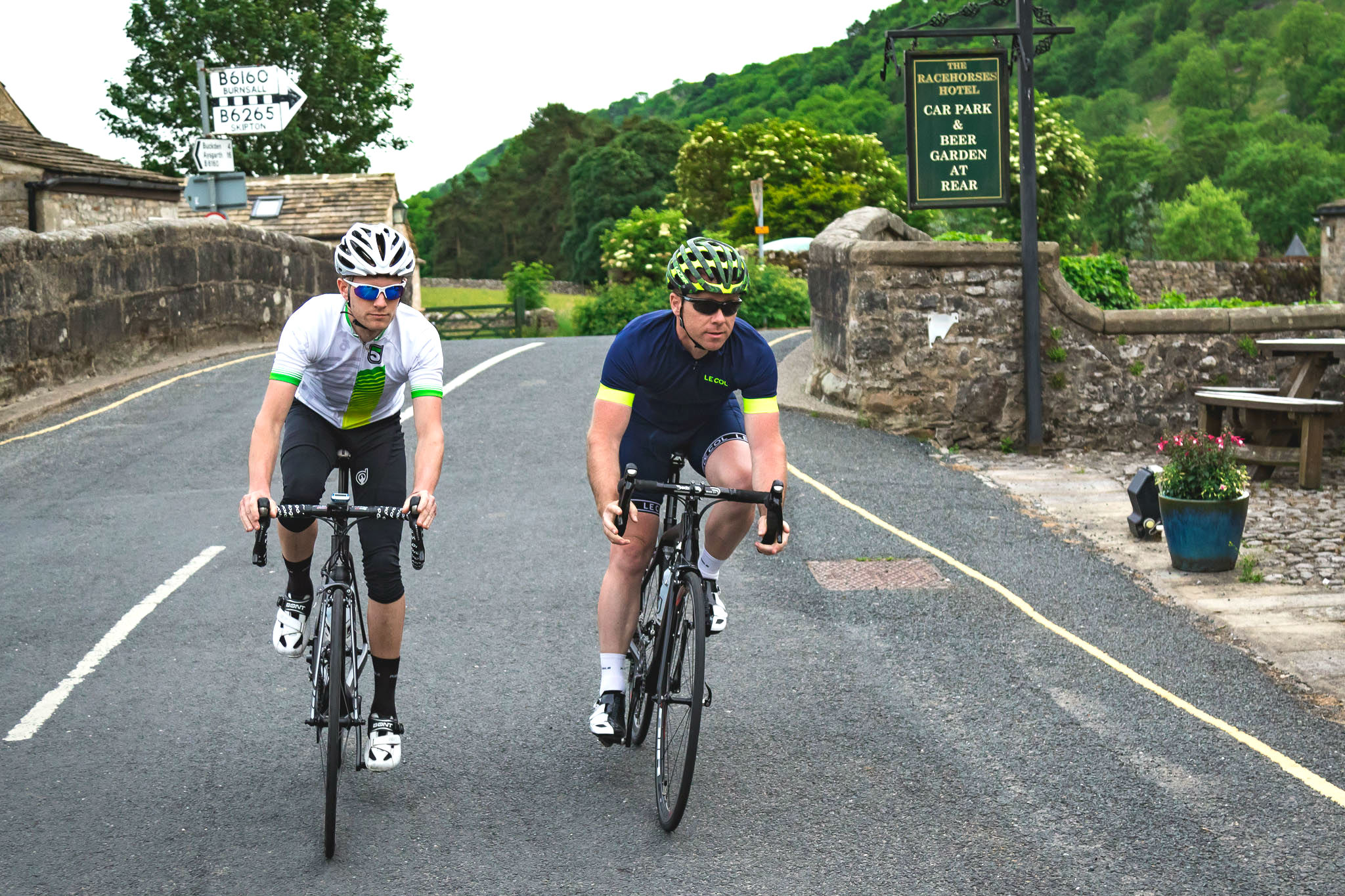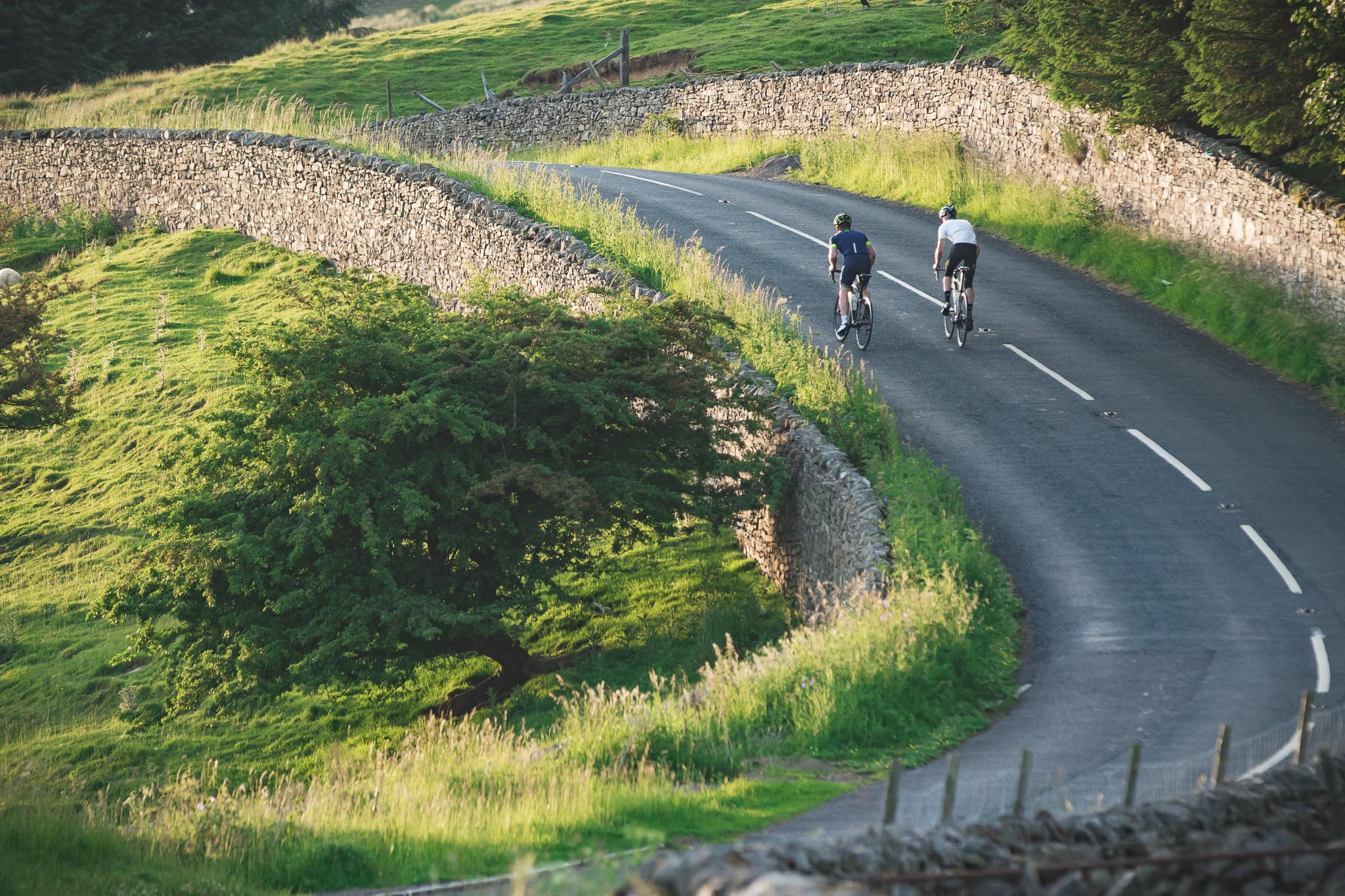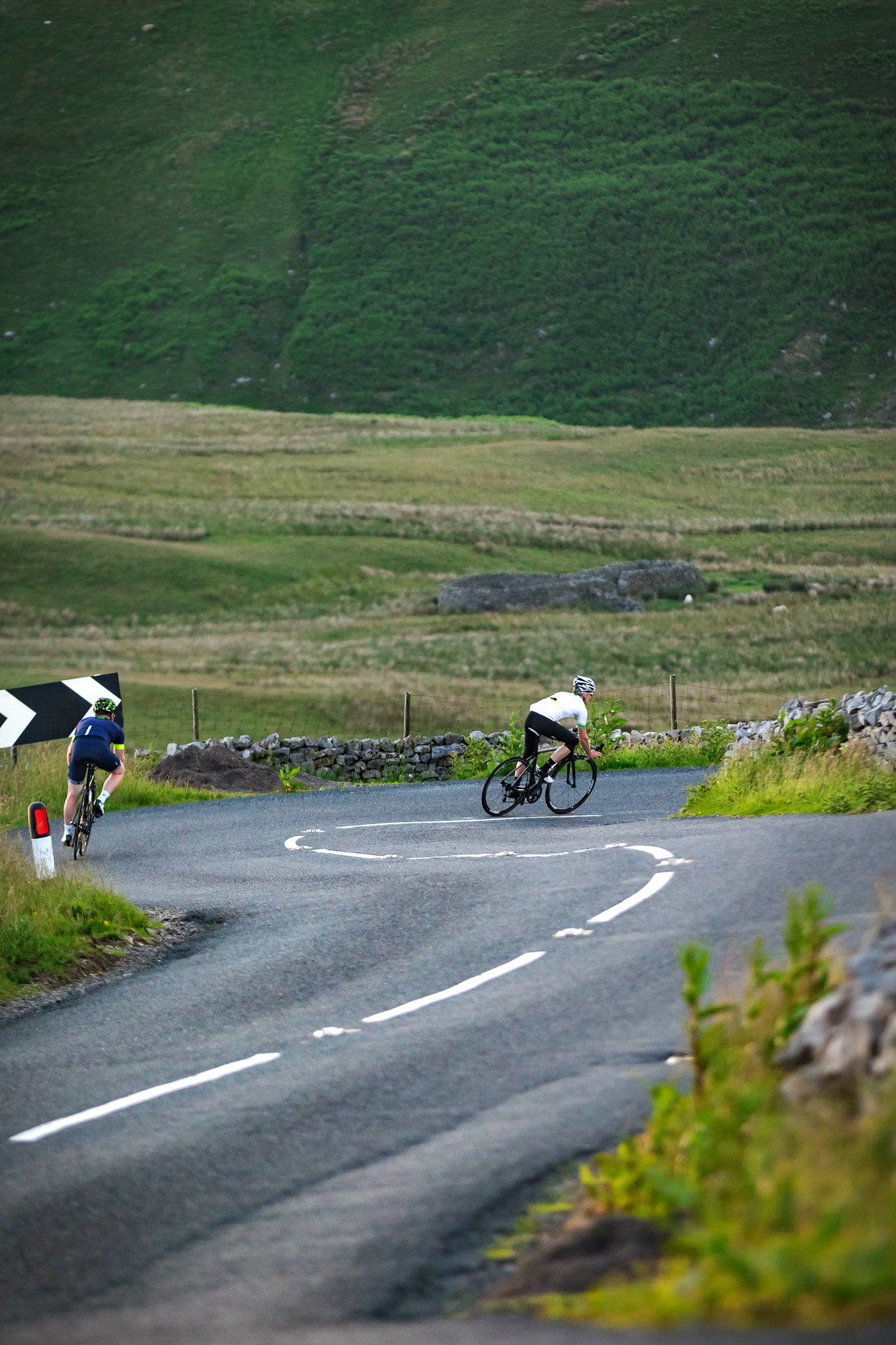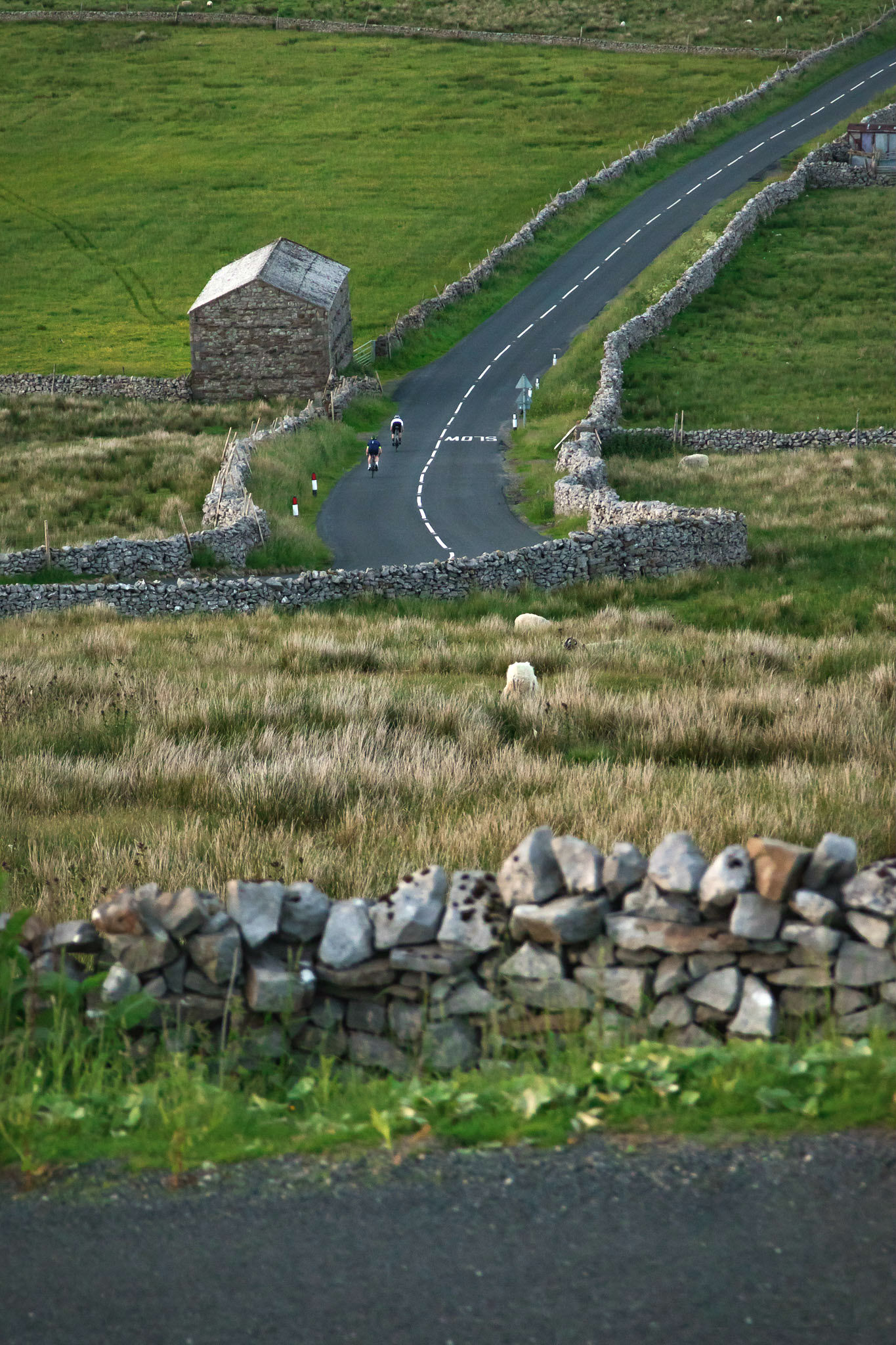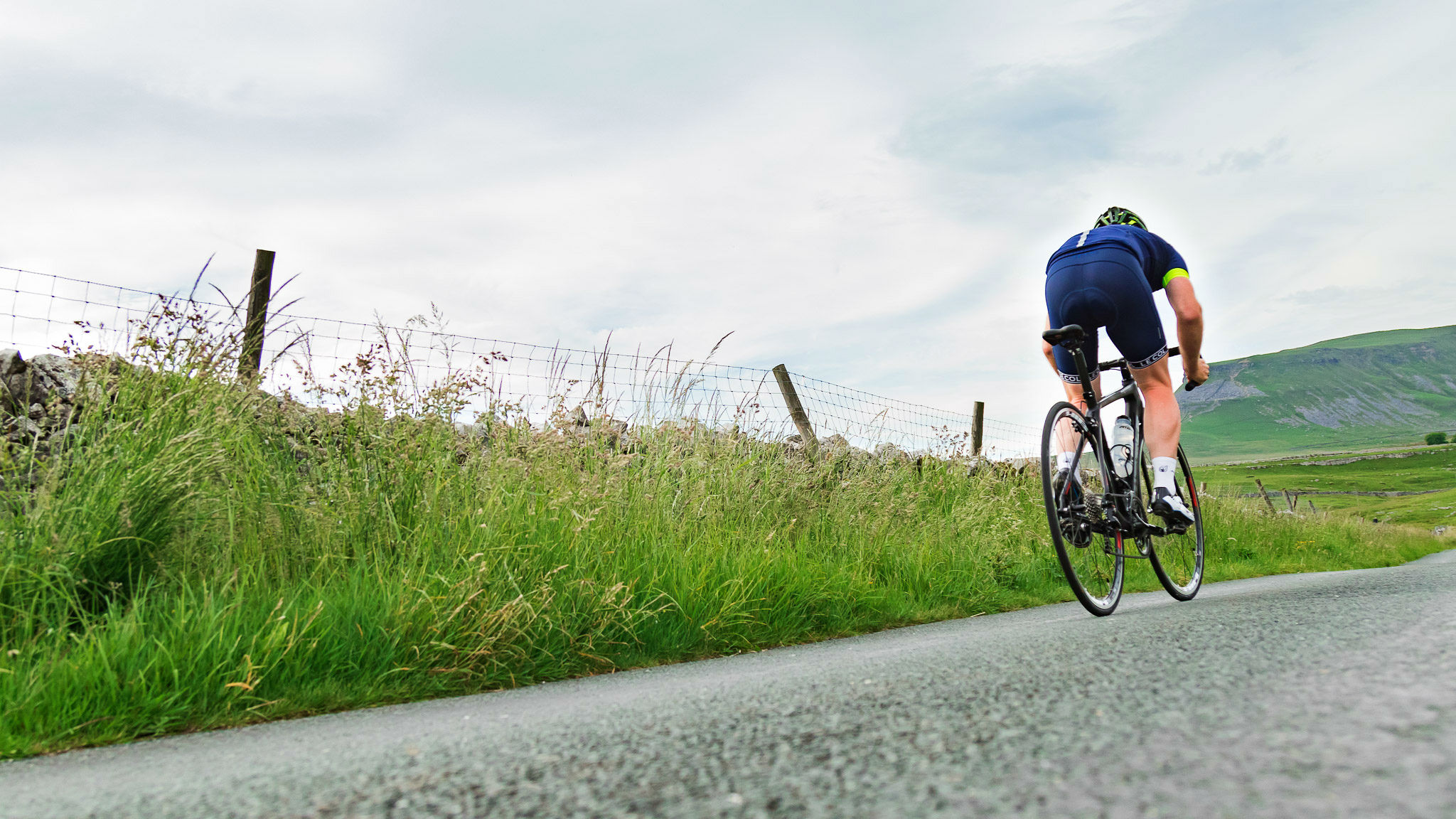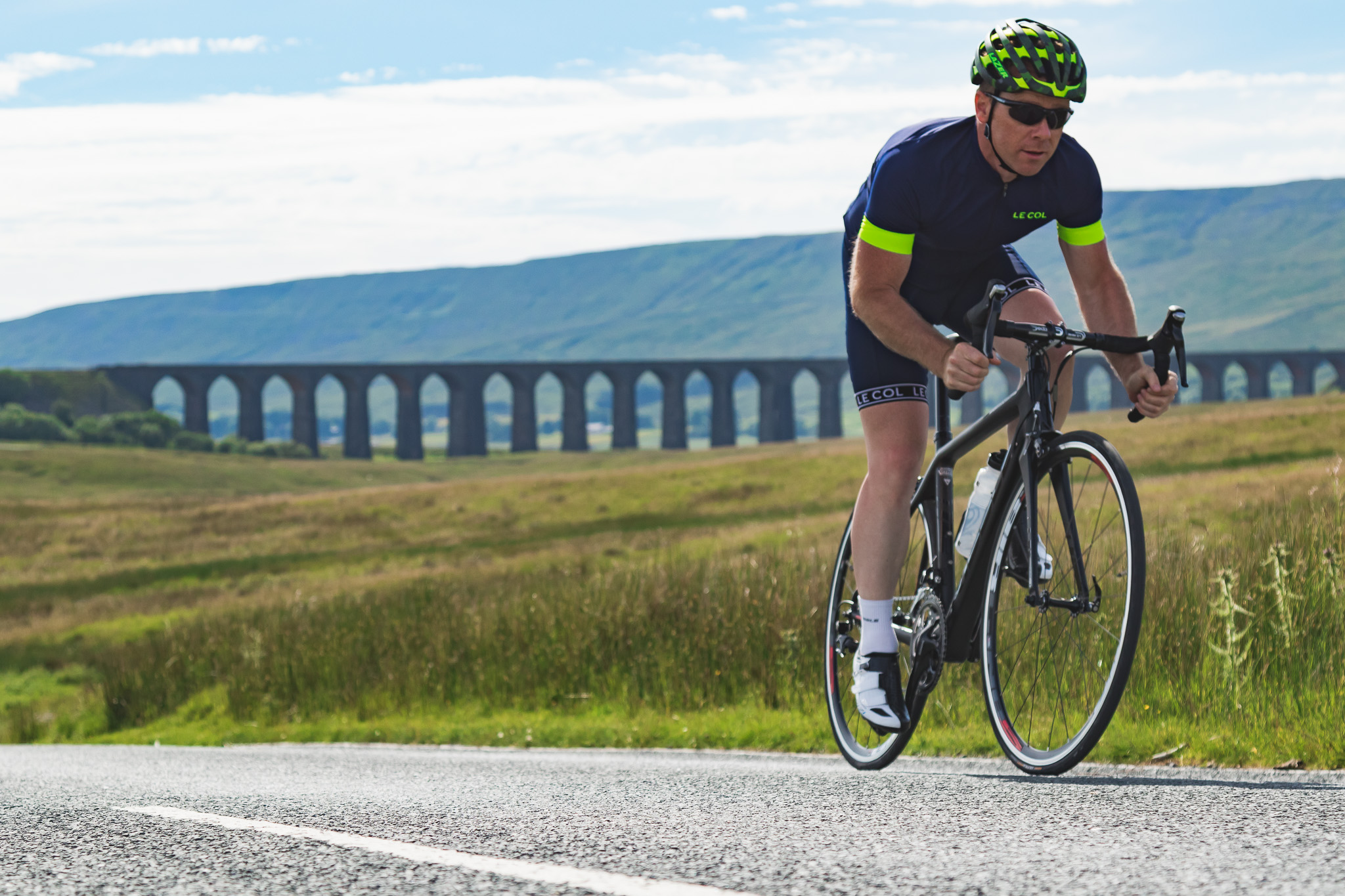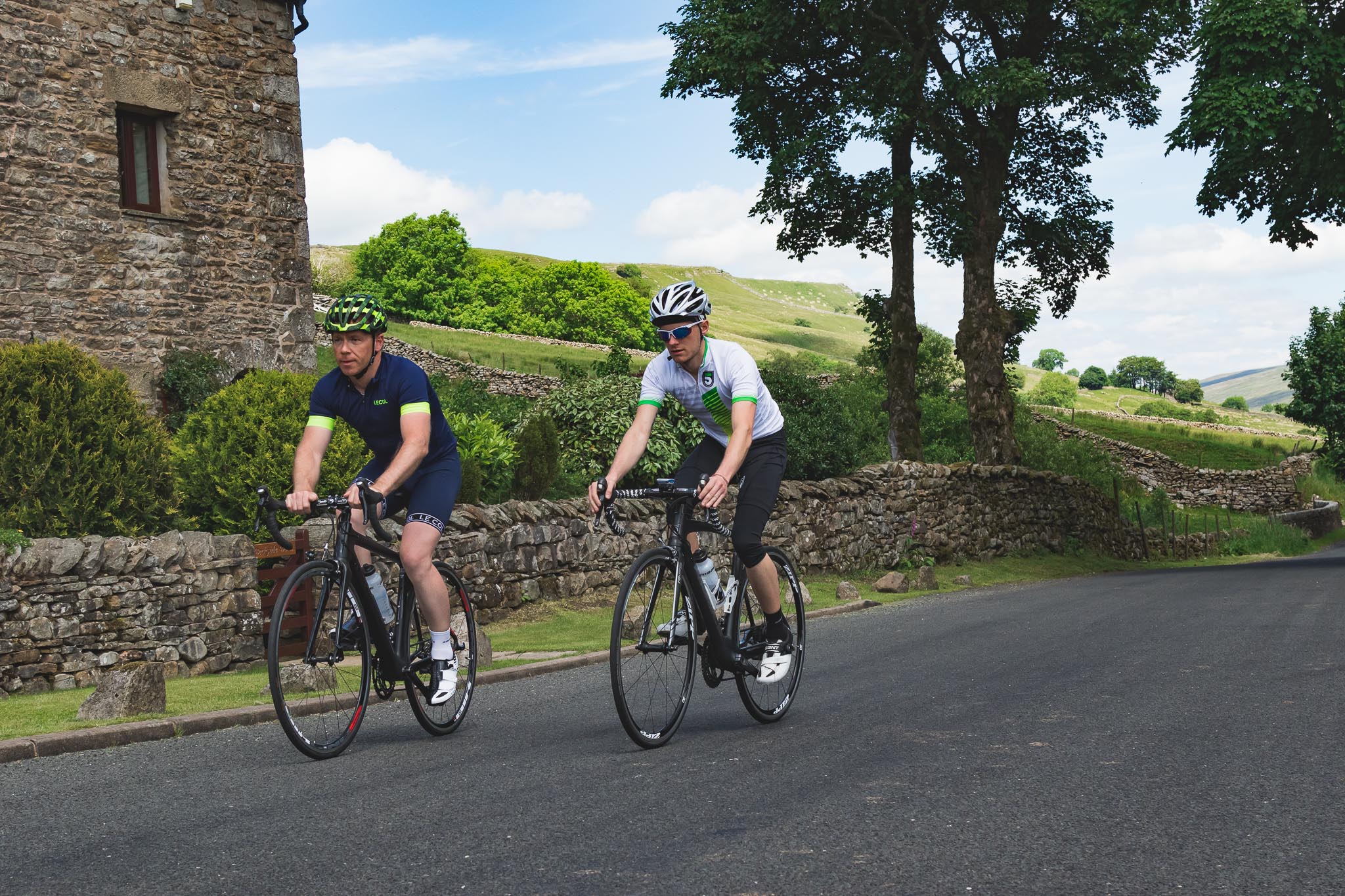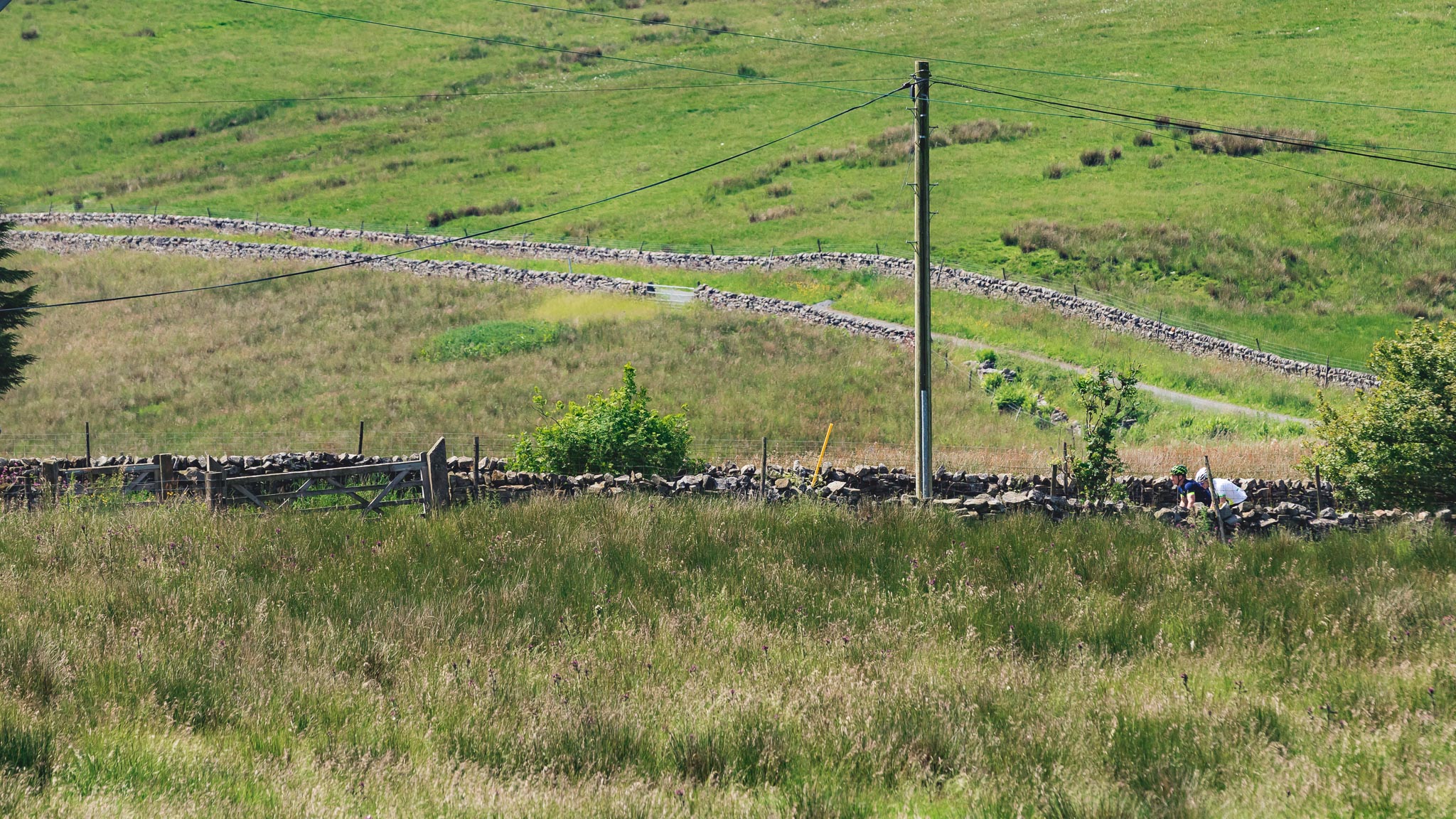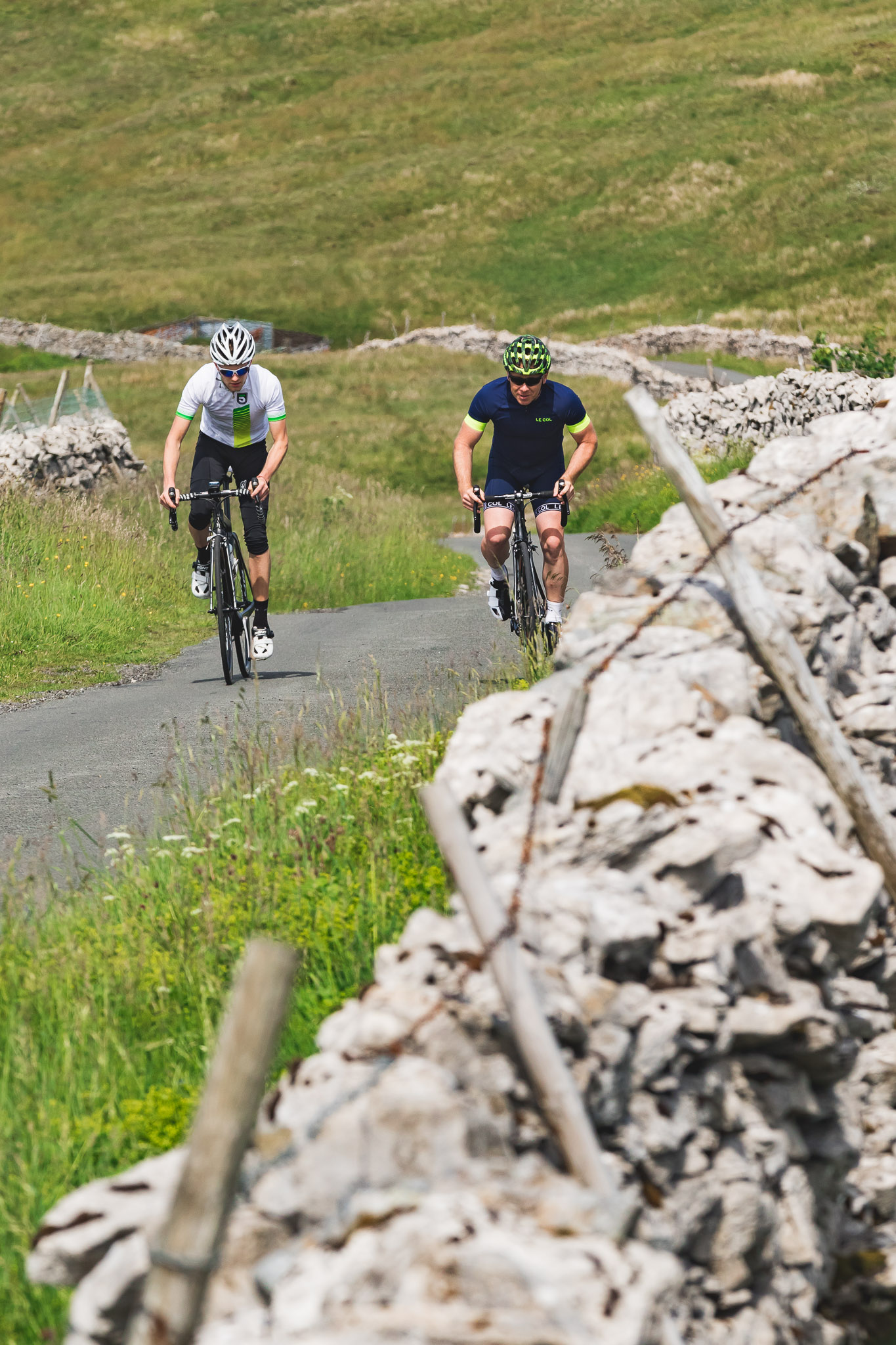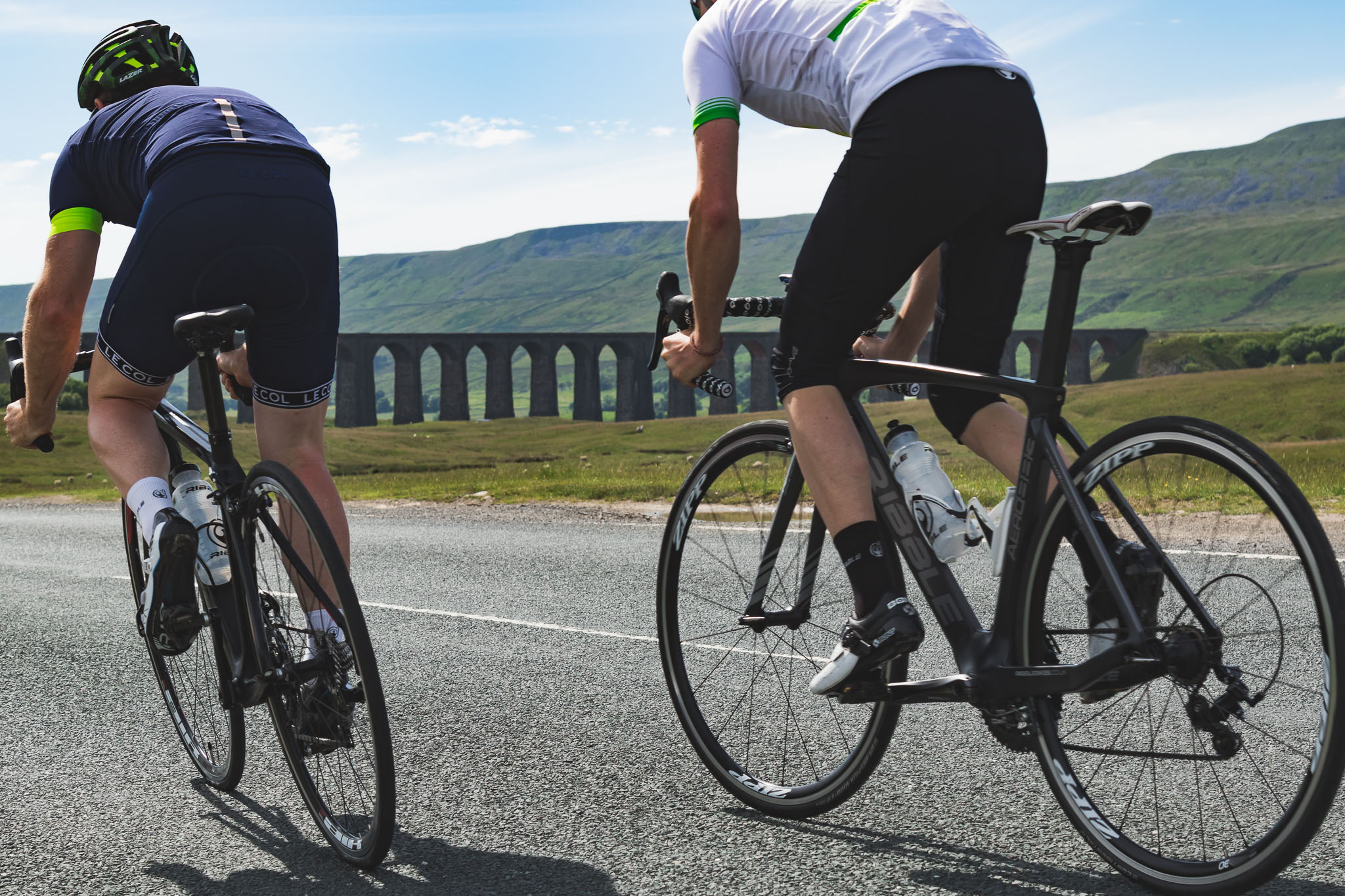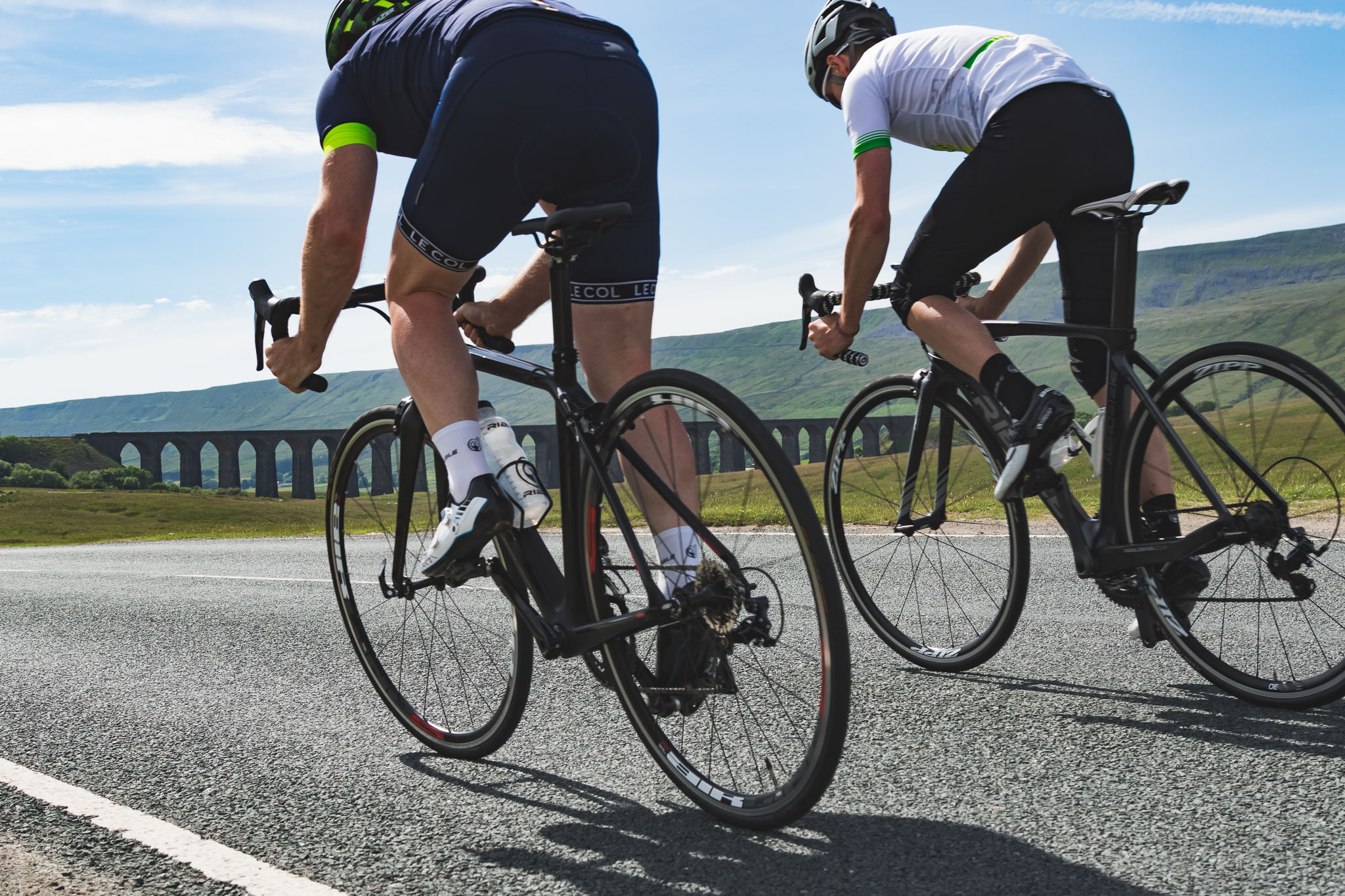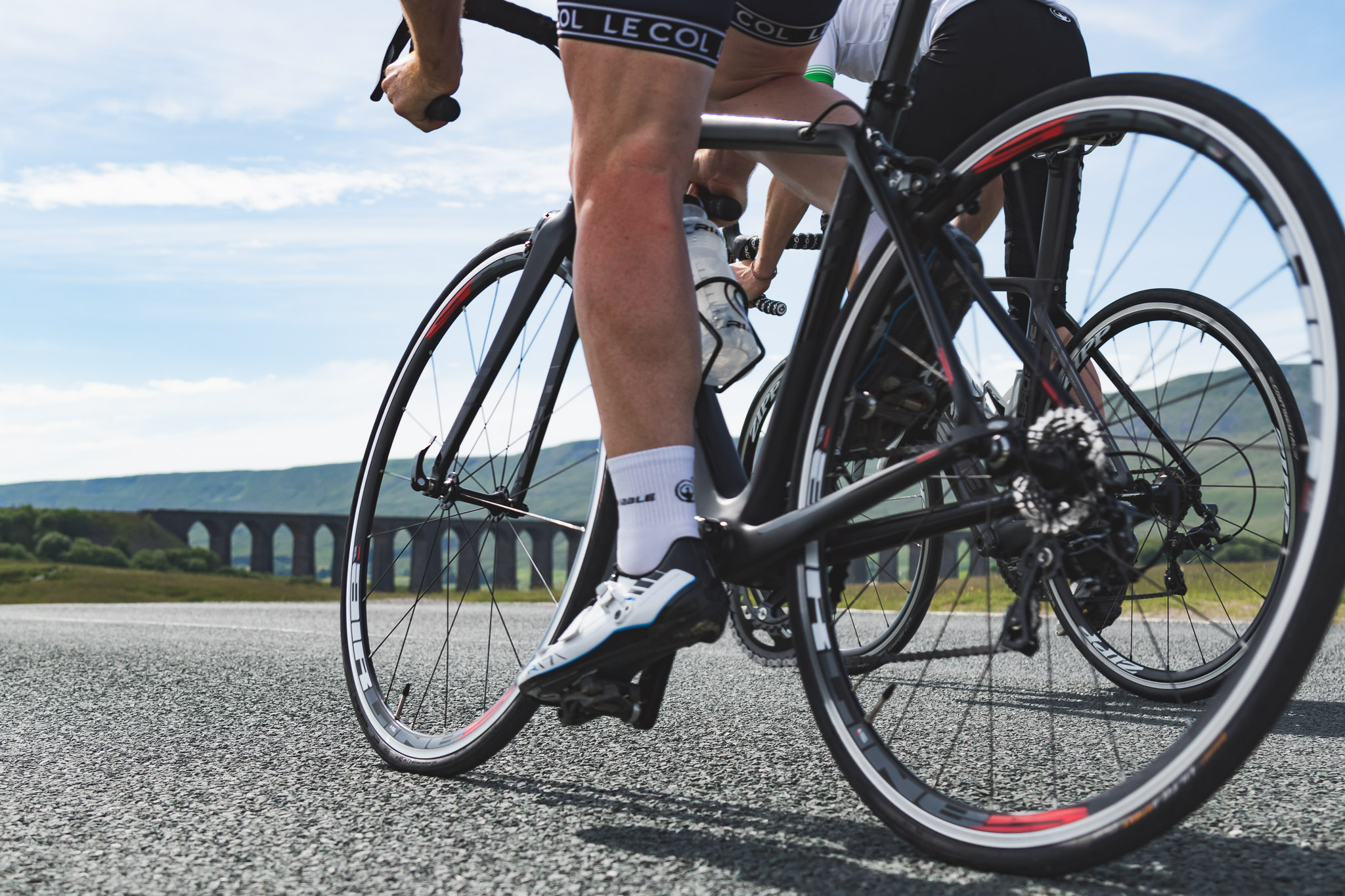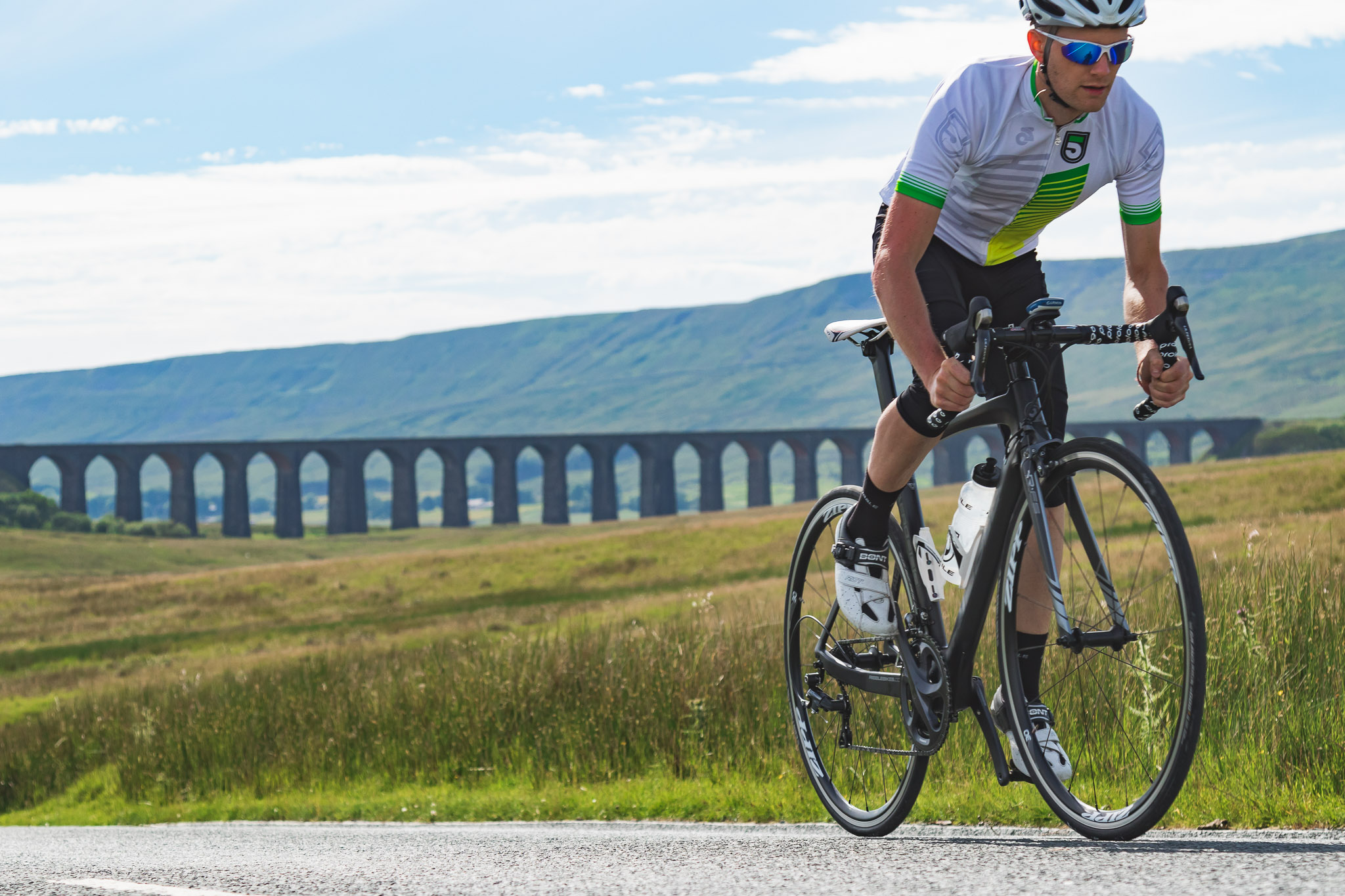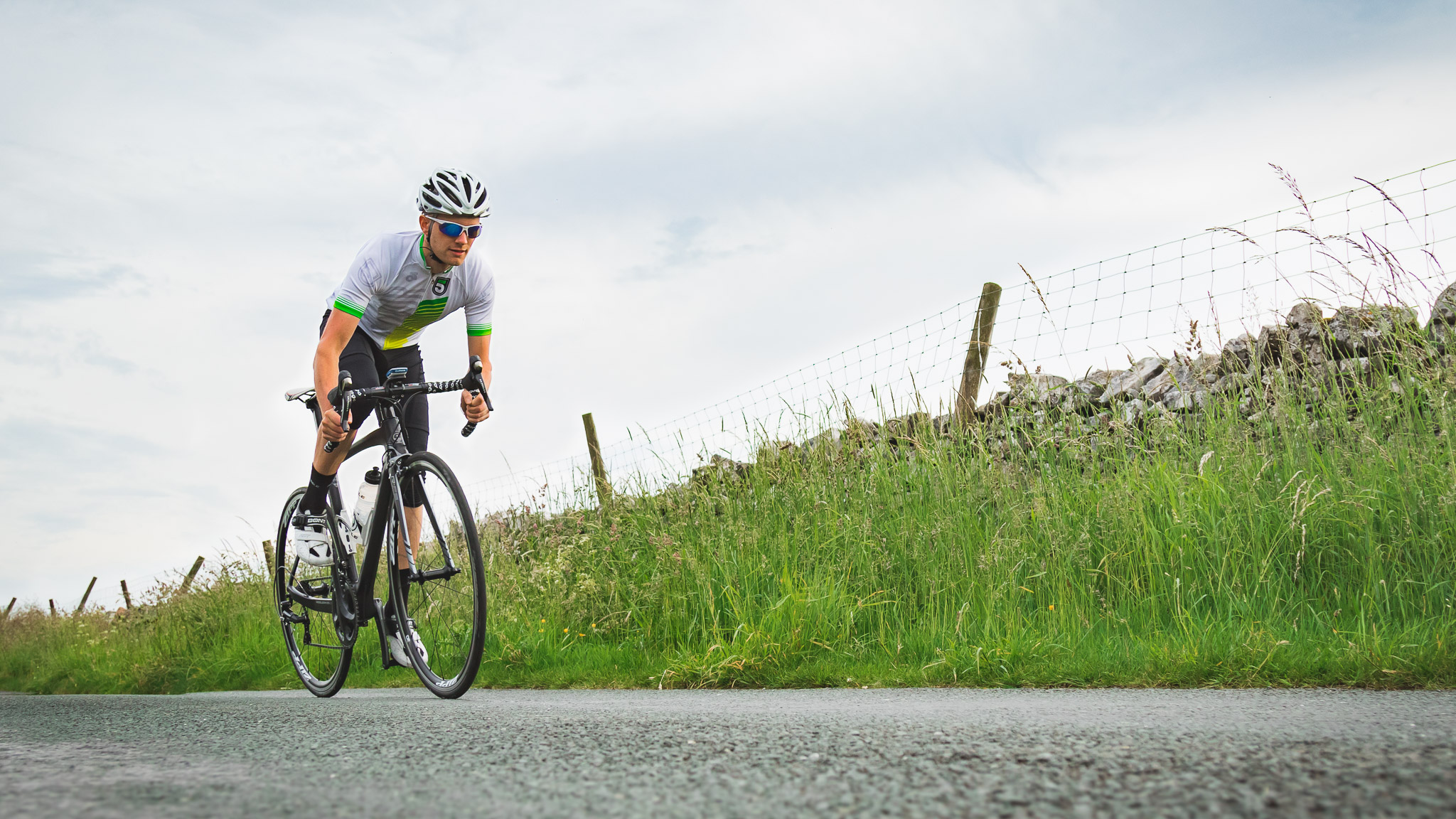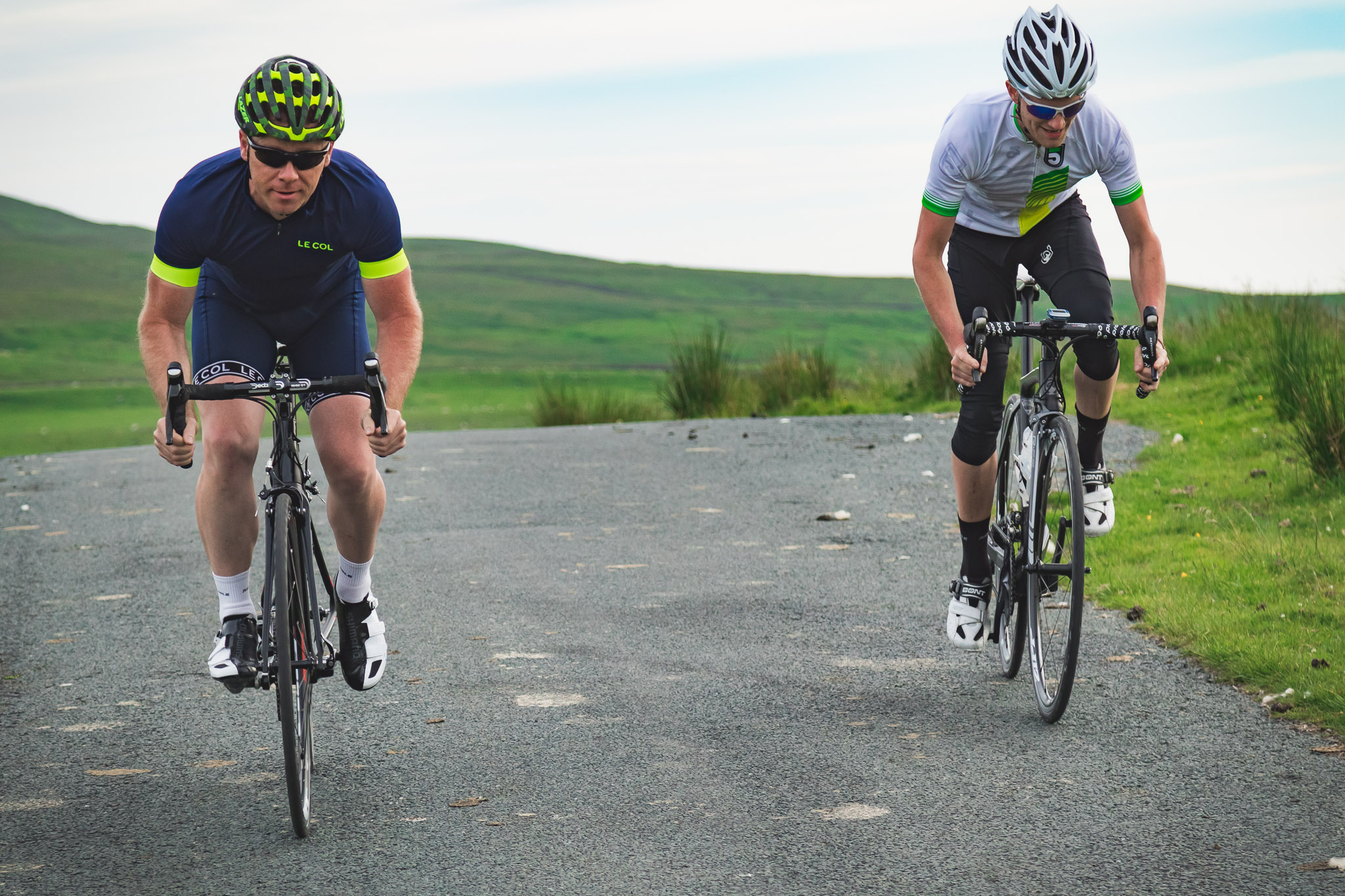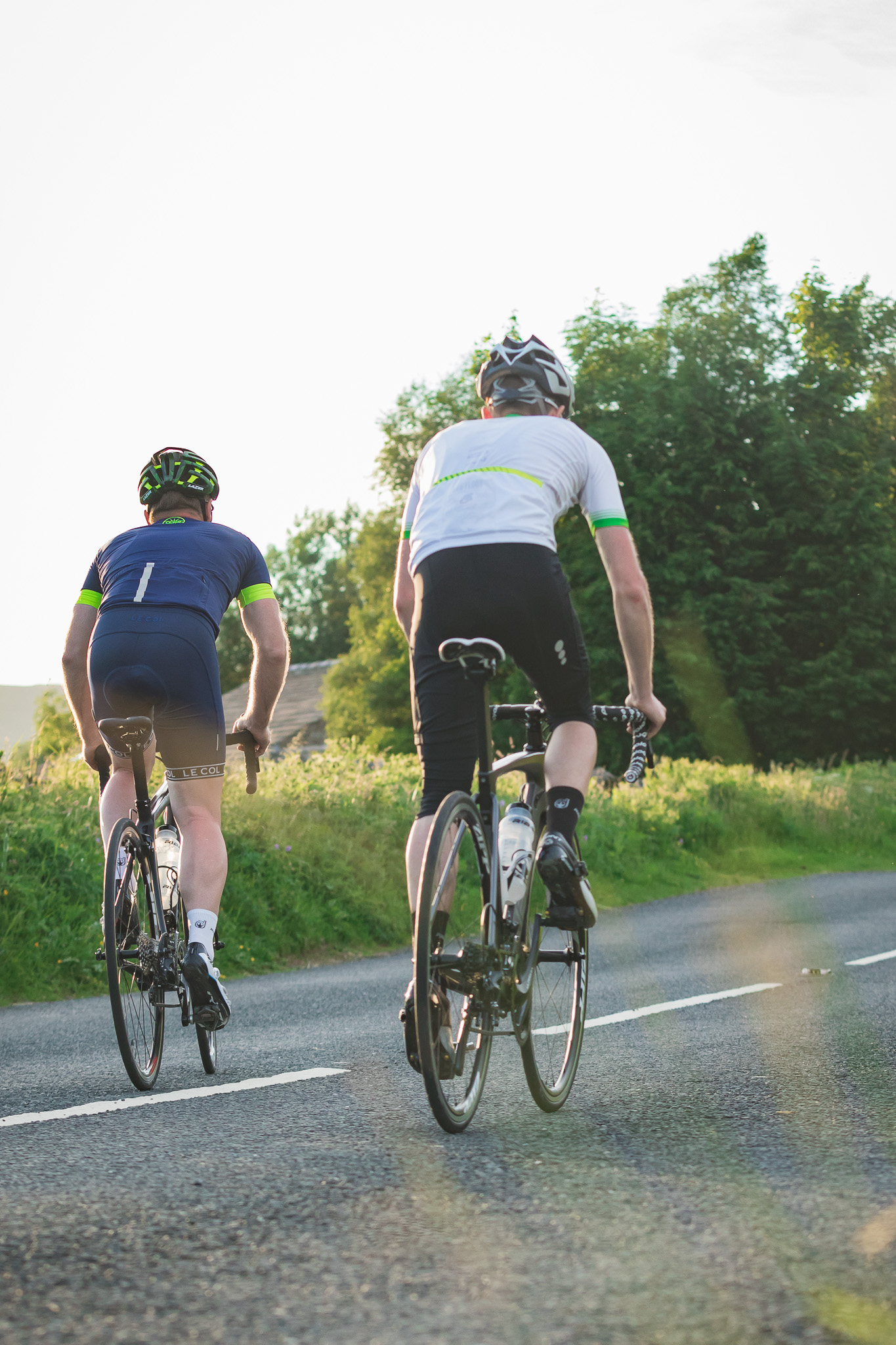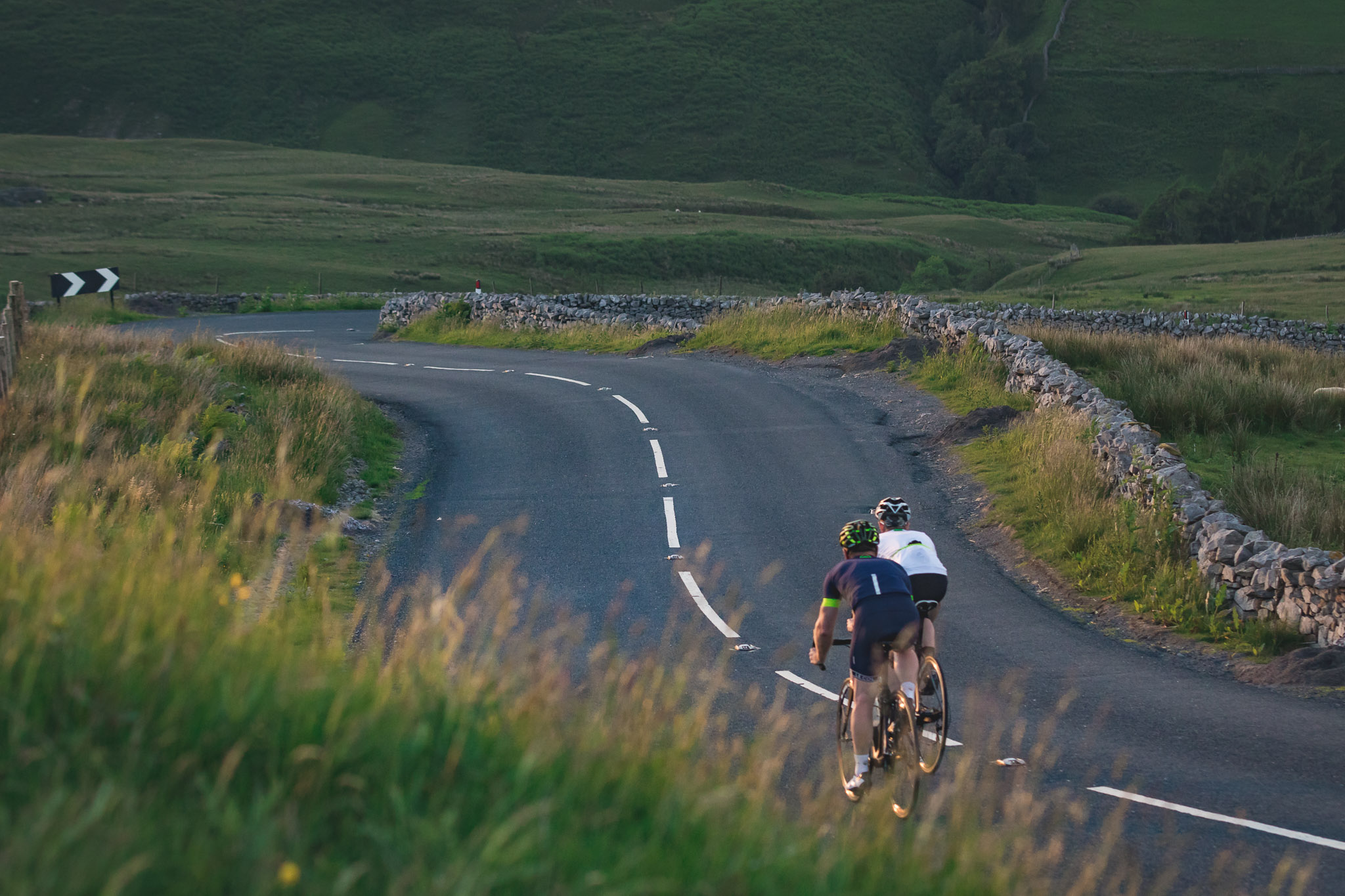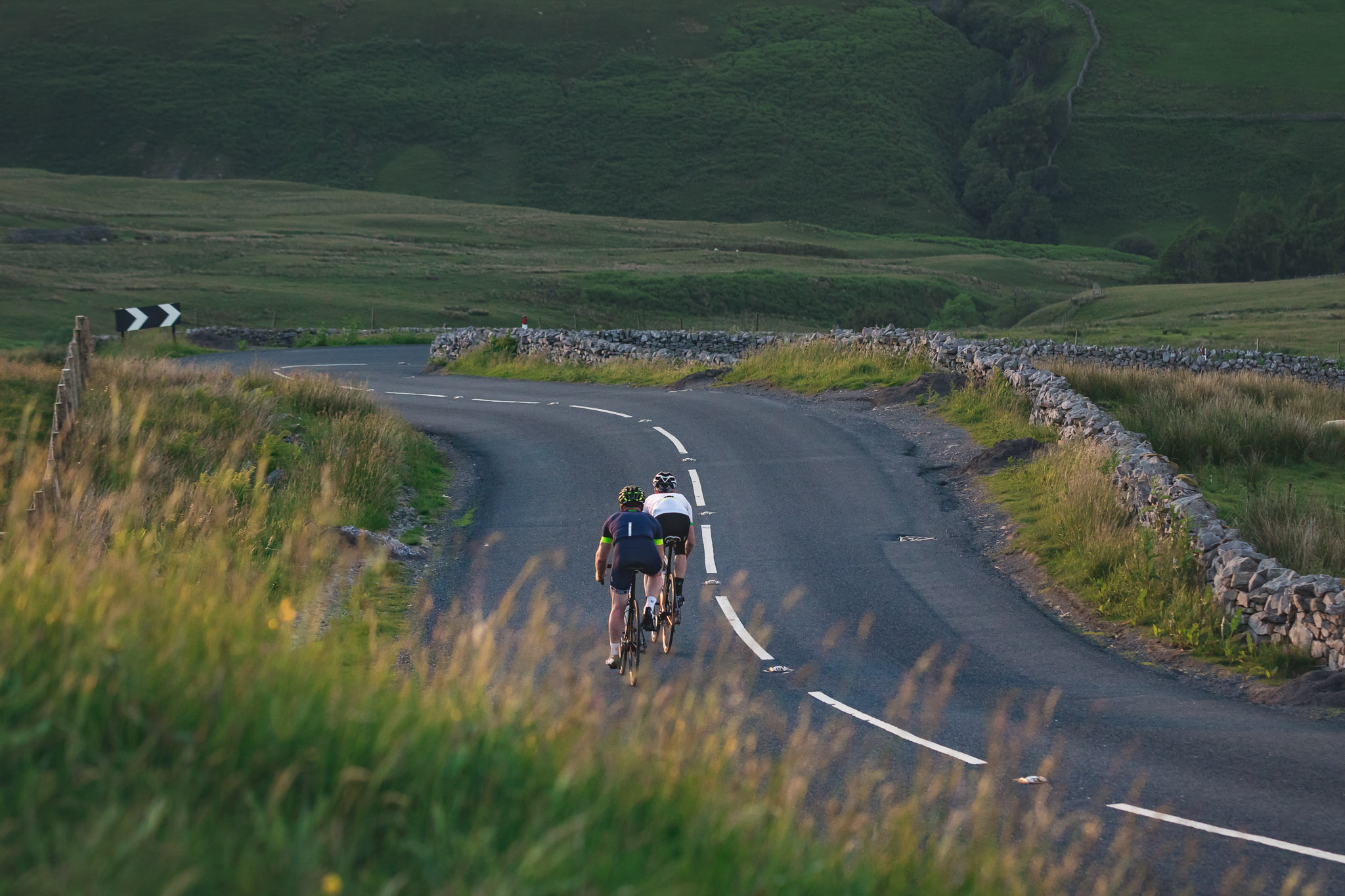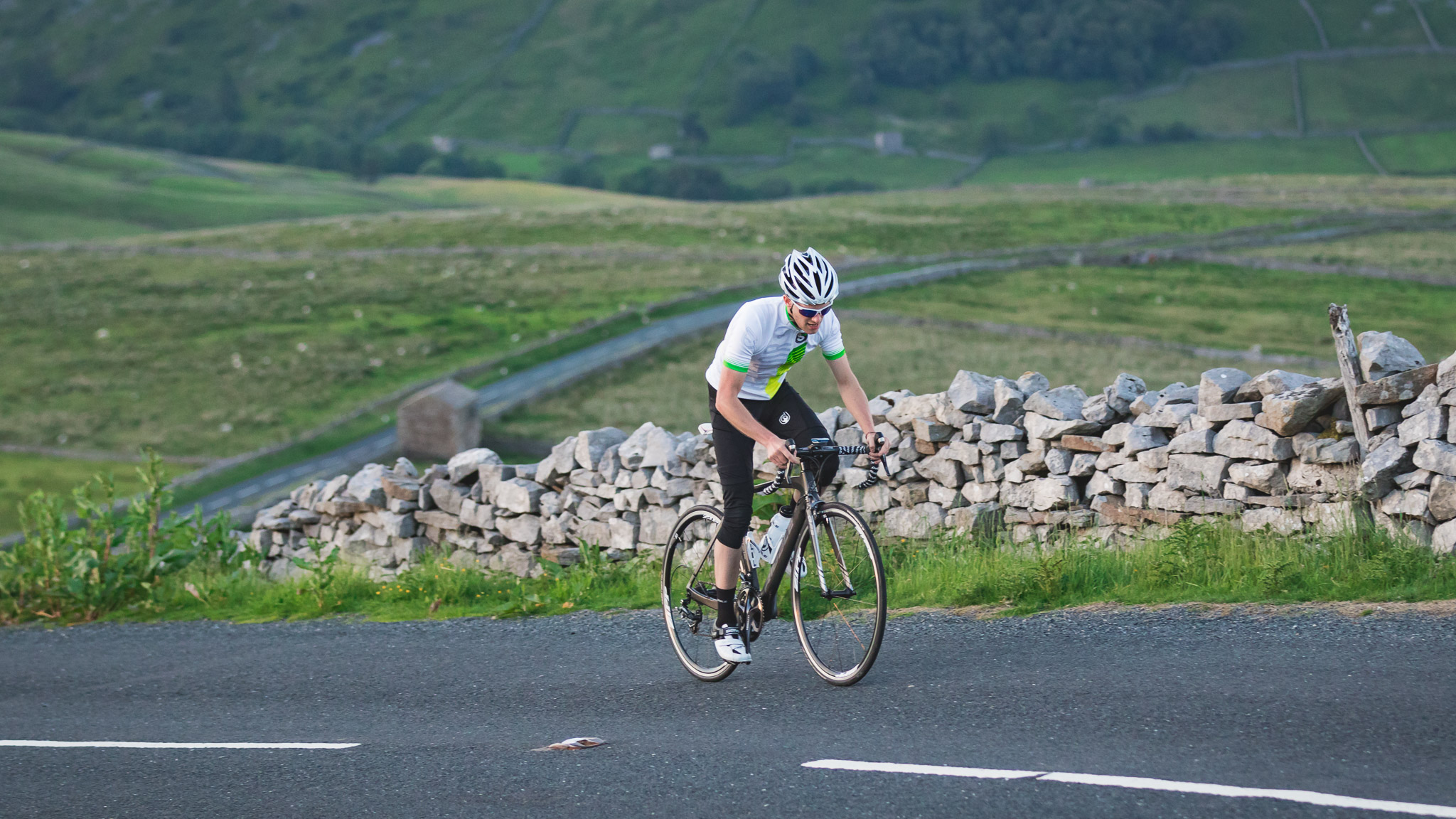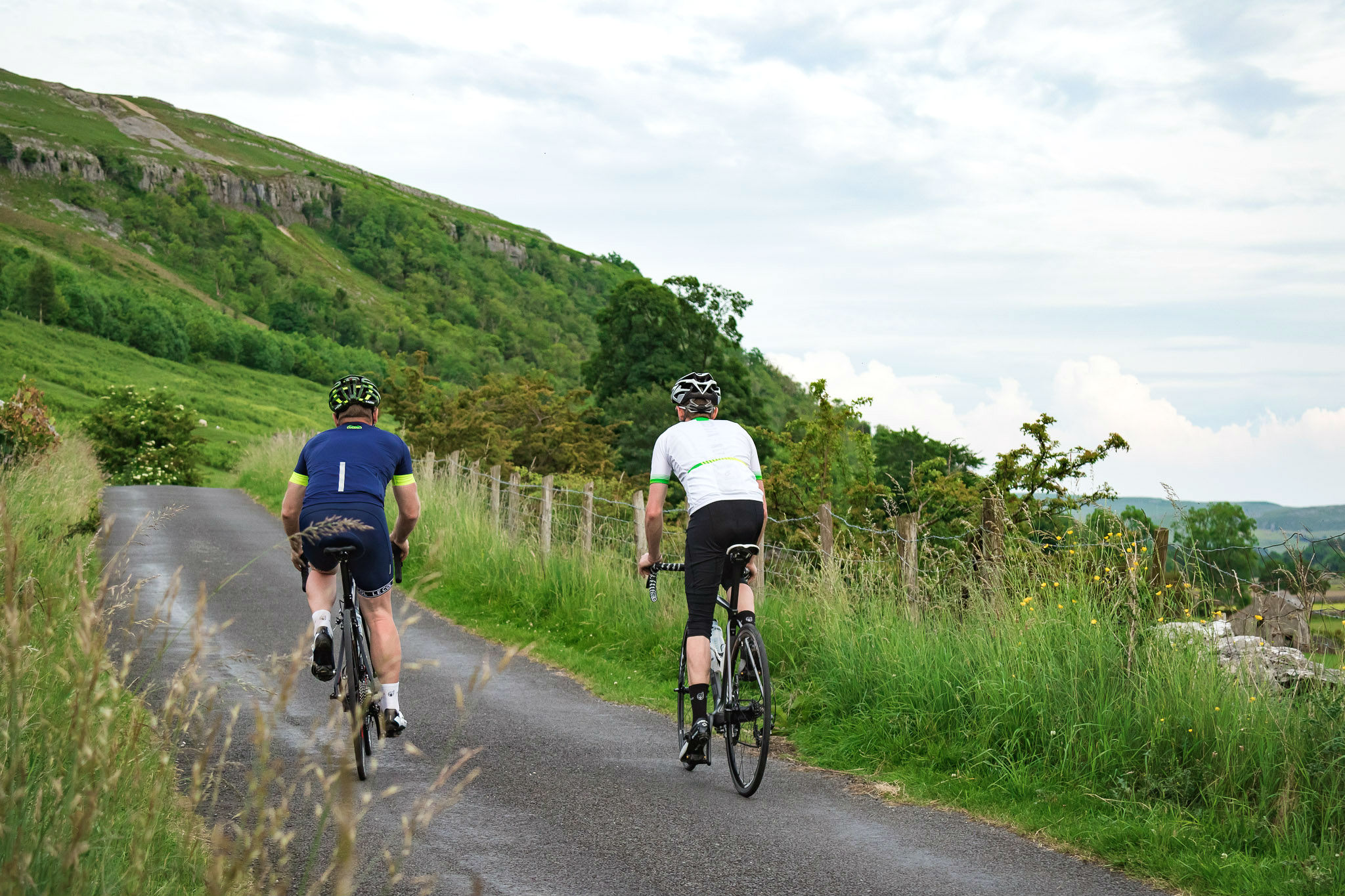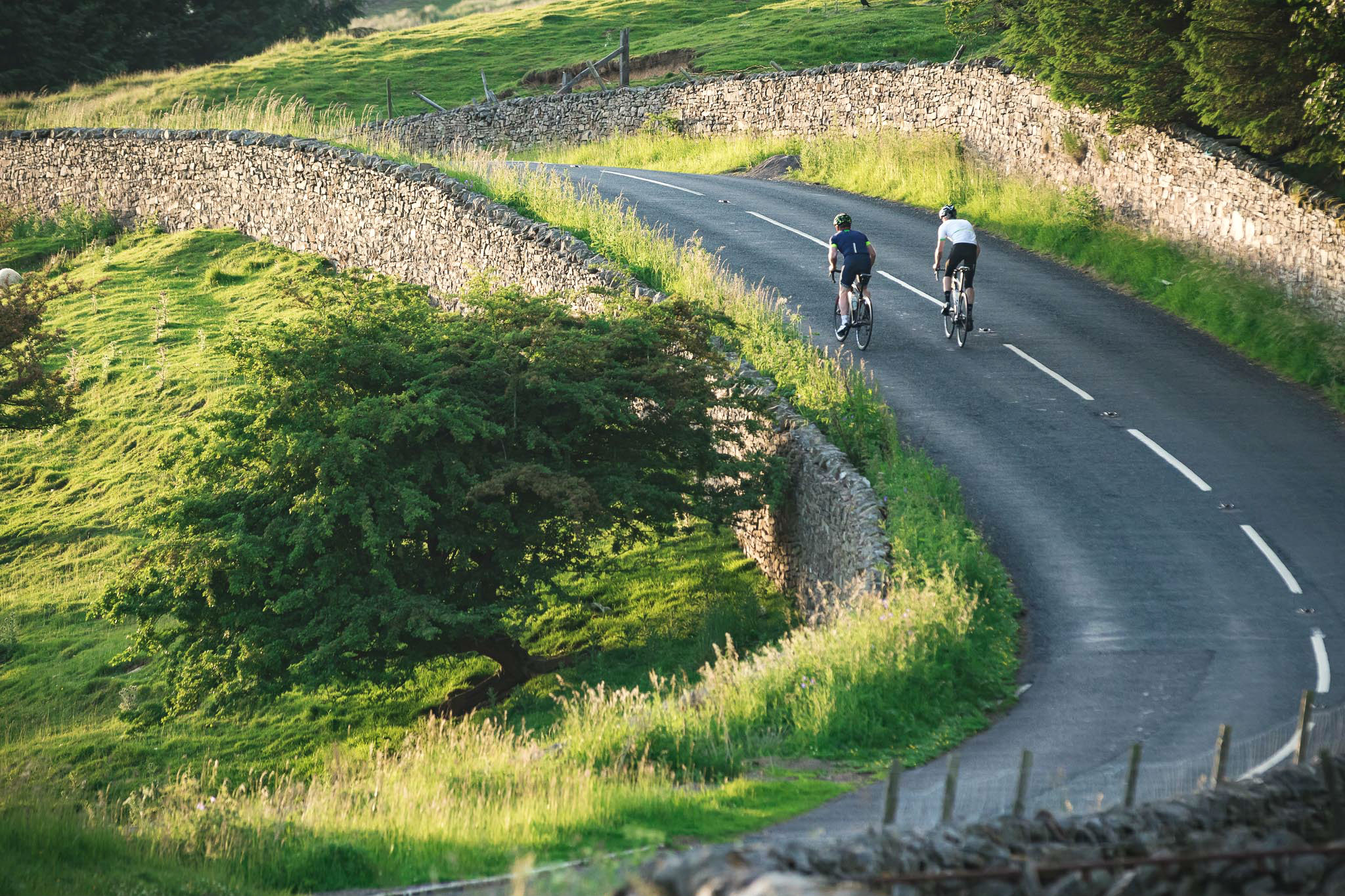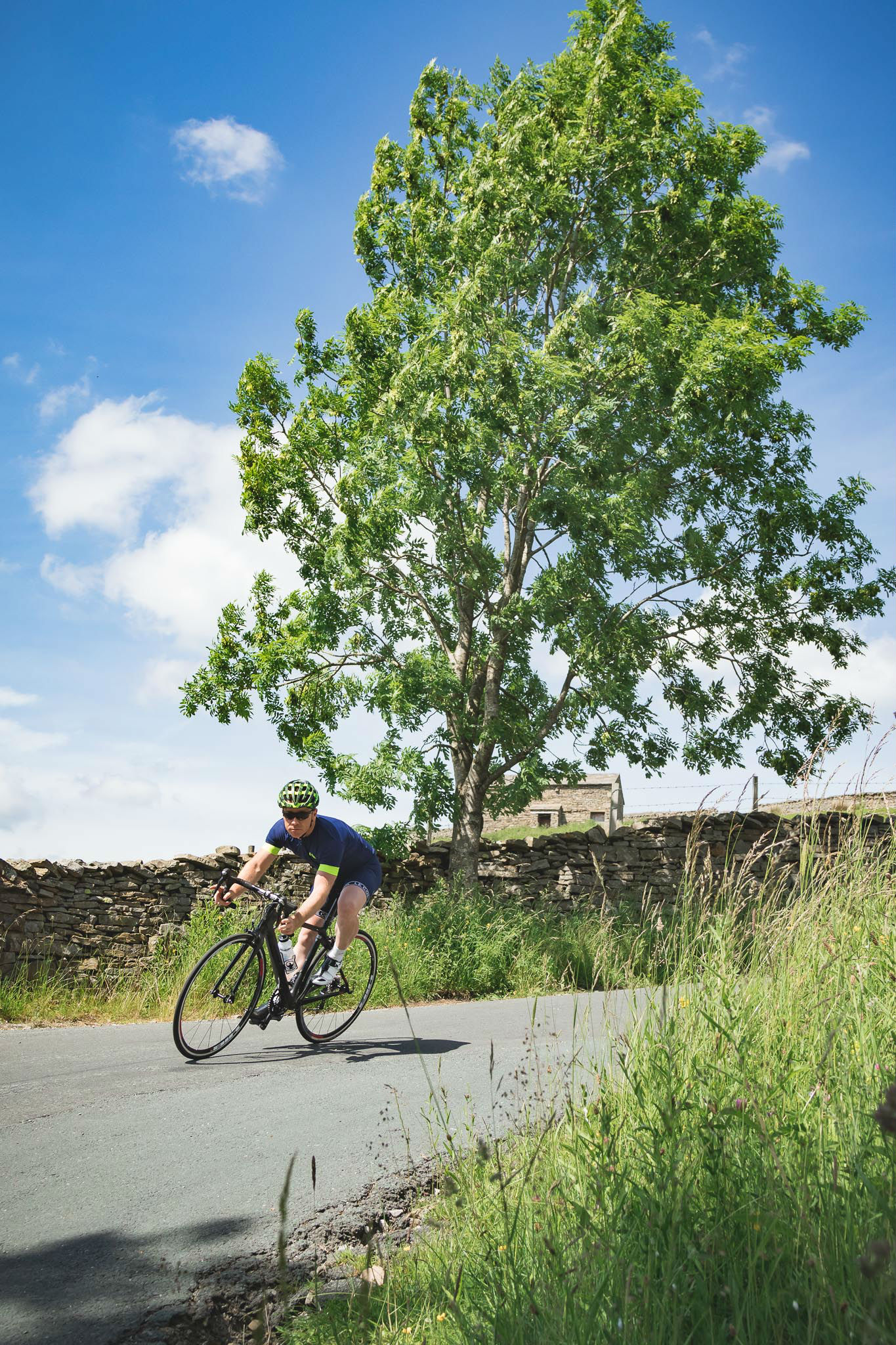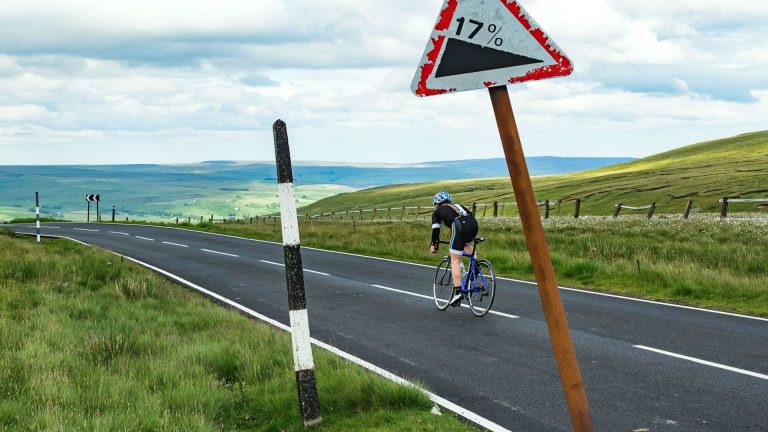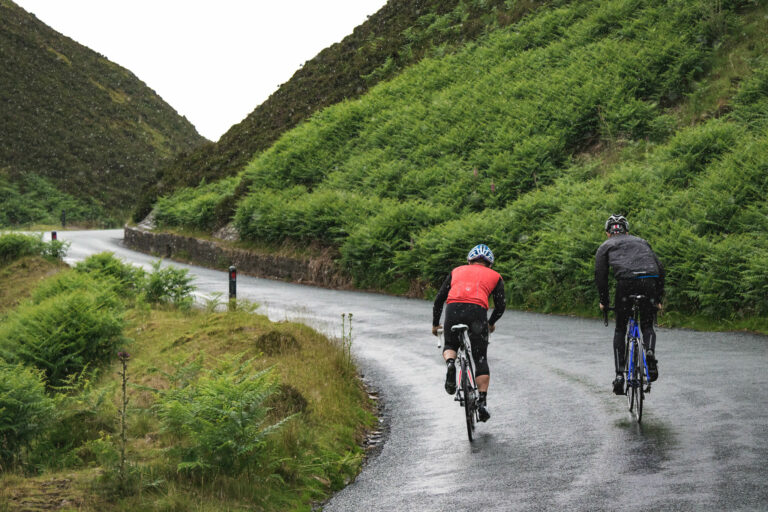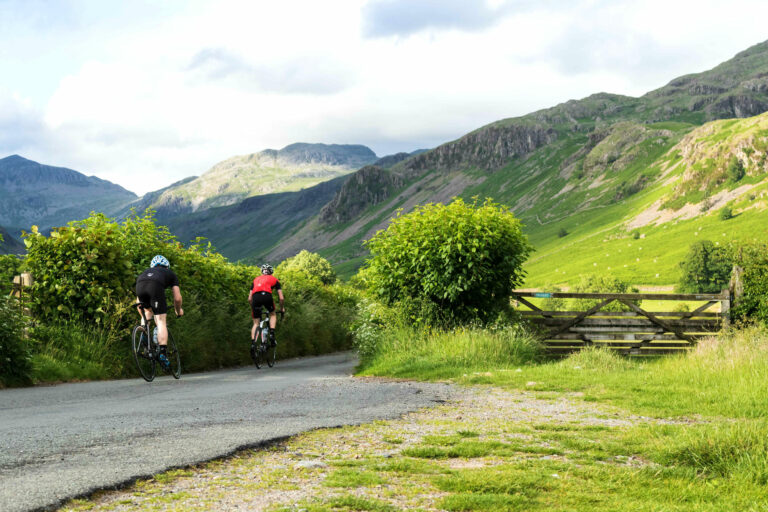- Distance 87 miles
- Total ascent 7,400 feet
- Start/finish Kirkby Stephen
- Highlight Fleet Moss
When it was first announced the 2014 Tour de France was to start in Yorkshire, UK cycling fans rejoiced. Locals have long waxed lyrical about ‘God’s own country’, how beautiful the county is, the quality cycling to be had on its roads and the many champions it has spawned – this was Yorkshire’s chance to shine on the world stage and it didn’t disappoint.
More than a million people turned out to watch at the roadside, royalty started the race, the Red Arrows made an appearance, the sun shone and the racing action came thick and fast from the start. For those three days in 2014, all eyes in the cycling world were on Yorkshire – but those in the know have always known what the county has had to offer for cyclists.
And that is? A seemingly endless network of quiet country lanes and dramatic climbs over the wild dales, with barely a flat road to ride. Not forgetting the verdant countryside, windswept hilltops, rushing rivers, historic architecture – oh, and the ‘grippy’ roads which UK cyclists have become so accustomed to, and which catch so many European pros by surprise when any race comes to visit.
Our route takes in some of the best riding the Yorkshire Dales National Park has to offer on an 87-mile loop which hones in on three of the best climbs, including the double header of Buttertubs Pass and Fleet Moss. That makes for a lumpy route, with 7,400 feet of climbing in all (you can see the full route and download a GPS file here).


